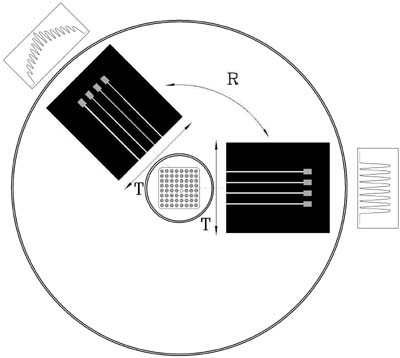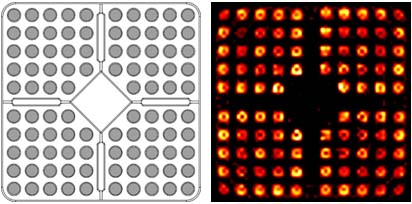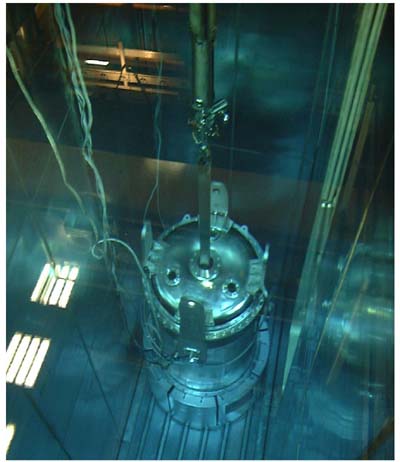Unattended gamma emission tomography of nuclear fuel
Detection of gamma emission can be used to create an image of the internal distribution of gamma emitting materials inside a closed assembly. This method is used to verify the integrity of nuclear fuel, and is used also in the advanced diagnostics project.
The UGET project is part of the member states' support program to the International Atomic Energy Agency. This project will assess the viability of the passive gamma emission tomography method for safeguards applications. The first phase is a modelling study that includes difficult-case nuclear fuels and instrument design options not considered in previous studies.
A field prototype device could be fabricated and tested in a second phase of the project. This phase will be initialized given that the viability study provides strong evidence that a properly designed GET device could provide a new “best-available” method for partial defect detection (partial defects being the term for missing or exchanged parts of fuel rods), and that lifecycle costs could be reasonable from a benefit/cost perspective.

Detection principle for gamma tomography.

Assembly cross section. Right: Reconstructed image.
The information is used as input in a reconstruction algorithm, calculating the source distribution that gives rise to the measured intensities.
Selected publications
Jansson, P., Jacobsson Svärd, S., Grape, S.
Gamma emission tomography of nuclear fuel: Objectives and status of the IAEA UGET project
Strålsäkerhetsmyndighetens forskningsdagar; 24-25 oktober; Stockholm 2013.

Earlier GET measurements at the bottom of a reactor pool, at the Forsmark 2 BWR facility.
Contact
- Group leader
- Sophie Grape
